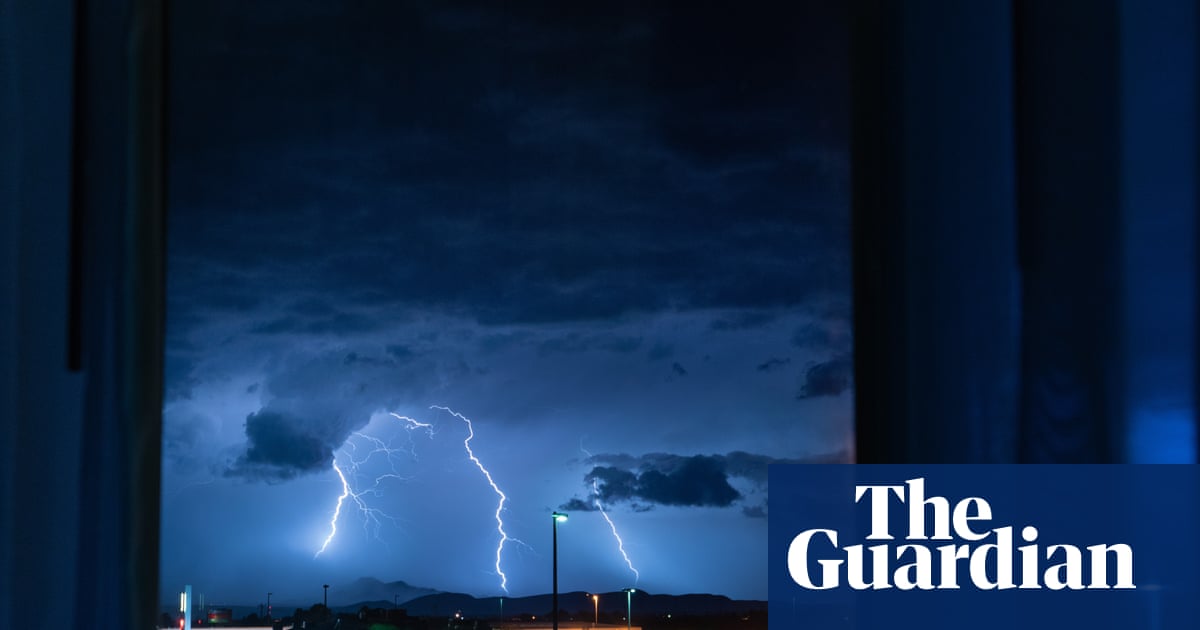
"When I thought it was all over, I called it a night. I was taking a shower when I heard the rumbling and I rushed to the window. I had washed the sand out of my teeth and ears, from being in the stormy desert all day, and I didn't want to go back out, so I thought: I'm just going to take a shot from my motel room. I fancy myself as an artist but Mother Nature does all the work."
"The type of thunderstorms that were happening that day are called pulse storms, which seemingly randomly go up and come down in a cycle that lasts about 30 minutes. One will pop up and you'll drive over, but by the time you get there it's died, and then one pops up over the spot you just left. It's like Whac-a-Mole."
Monsoon season in Arizona during July and August produces pulse thunderstorms that form and collapse in roughly 30-minute cycles. These storms appear and dissipate unpredictably, causing chasers to repeatedly miss cells as they relocate. Close-range observation can leave sand in teeth and ears after a day in the desert. Photographers sometimes capture frames from nearby shelter, including motel-room windows, when storms reignite. Pulse storms demand radar and constant movement because mountains and other clouds can hide developing cells. By contrast, tornado-producing supercells often last for hours and allow multi-day forecasting windows. Lifelong fascination with storms motivates persistent chasing.
Read at www.theguardian.com
Unable to calculate read time
Collection
[
|
...
]